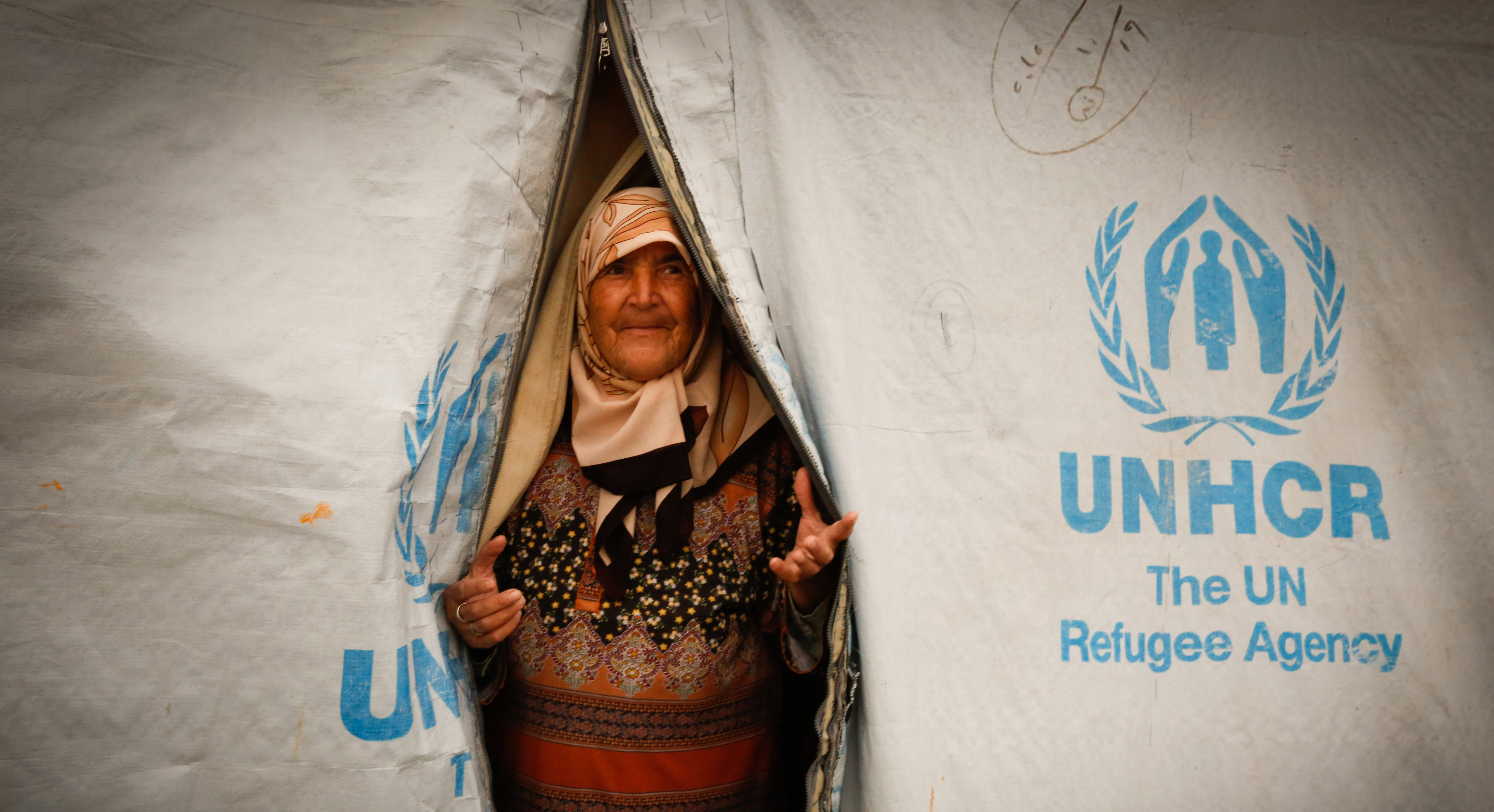Today, an estimated 6.1 million people are displaced; 1.7 million live in collective centers and 7.8 million have insufficient access to markets. Although in some places, e.g. Homs, return of citizens to their place of origin or places they own can be observed. Movements of persons out of areas of origin cause massive and sudden influx of people to other areas, thus creating increasing strain on hosts and host communities.
UNHCR Shelter response in Syria aims to design and implement adequate shelter solutions to various groups of beneficiaries in the framework of a comprehensive national response and recovery plan, based on inclusive stakeholder interaction, directed to ensure response to emergency needs as well as sustainability oriented recovery of communities:
UNHCR continues to respond to emergency shelter needs by working very closely with its implementing partners to provide appropriate and equitable shelter to affected populations in order to save lives, reduce suffering and manage vulnerability.
Emergency shelter interventions focus on saving and sustaining lives. The shelter response provides shelter kits, construction materials/tools, emergency shelters such as tents both inside and outside of sites/ camps, the improvement of collective centers and spontaneous sites in addition to transitional housing units.
Emergency Shelter Sector Response
The shelter sector lead by UNHCR response is to enhance existing and potential shelter with the aim to decrease displacement and to ensure that IDPs are able to return to their homes and enjoy their rights according to international standards of HLP law. The response focuses on six core areas of responses:
- Responding to emergencies, providing life-saving, life-sustaining support.
- Rehabilitation of public structures as collective shelters.
- Upgrade of unfinished private buildings.
- Owner- / tenant oriented shelter assistance to repair their premises.
- Strengthening awareness of IDP’s and host community on Housing Land Propriety Rights through awareness session by legal aid partners.
- Enforce ongoing capacity building efforts to enhance the governmental response to the IDP crisis.
In 2015, the shelter response reached 129,645 displaced people using various shelter solutions included the upgrading of public and private collective shelters, the distribution of shelter kits and materials, supporting the management and maintenance of shelters, owner-oriented shelter support in addition to the establishment and support of Operation and Maintenance units.

